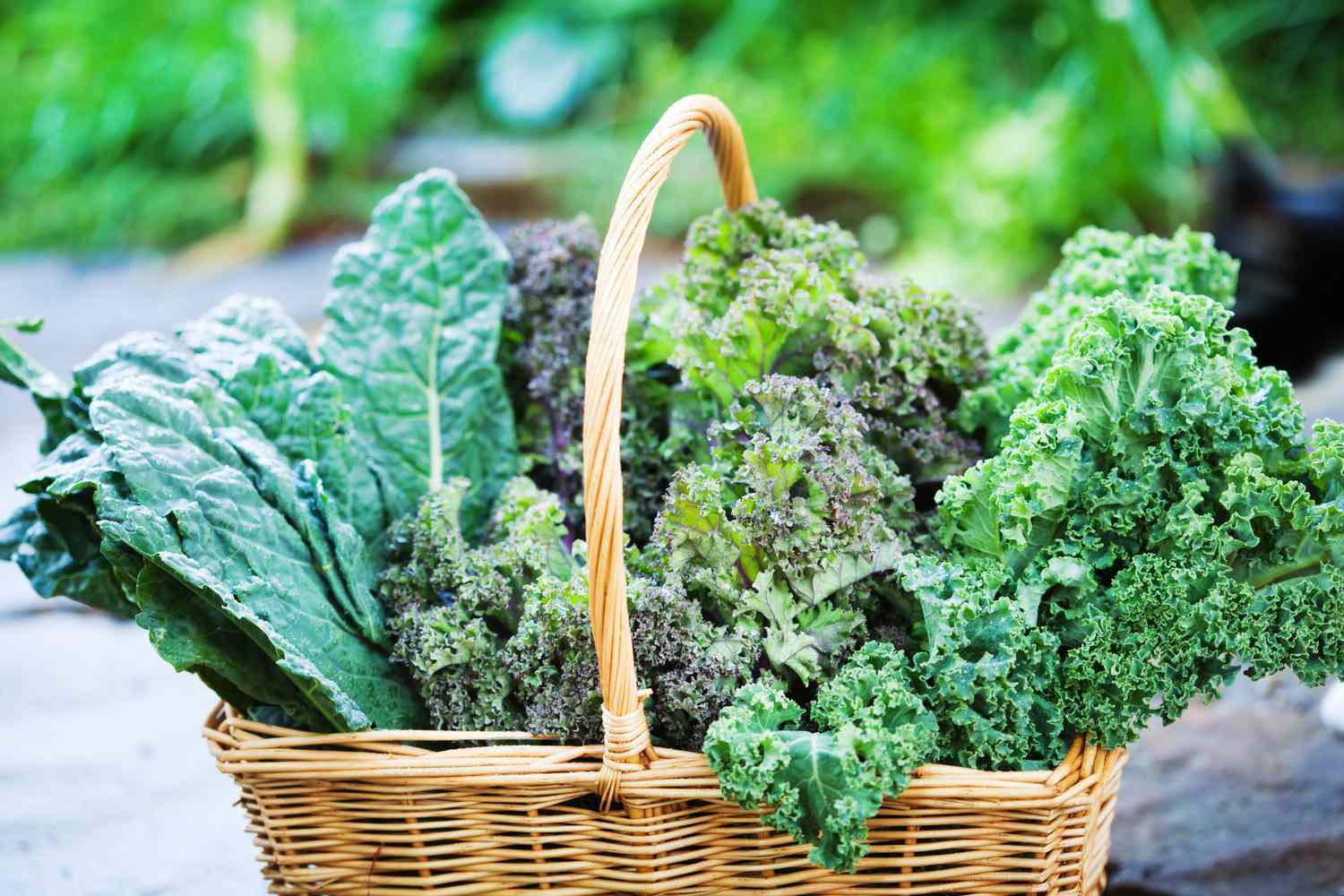

Articles
How To Store Kale From Garden
Modified: February 20, 2024
Learn how to store kale from your garden with our informative articles. Keep your kale fresh and tasty for longer with these simple tips.
(Many of the links in this article redirect to a specific reviewed product. Your purchase of these products through affiliate links helps to generate commission for Storables.com, at no extra cost. Learn more)
Introduction
So you’ve grown a bountiful kale harvest in your garden and now you’re wondering how to make it last longer. Luckily, storing kale is a simple process that can help you enjoy this nutritious leafy green vegetable even after the growing season is over. Whether you prefer to store kale in the refrigerator or freezer, there are a few easy steps you can follow to preserve its freshness and flavor.
Kale is a highly versatile and nutrient-dense vegetable that is packed with vitamins, minerals, and antioxidants. It can be used in a variety of dishes, such as salads, soups, smoothies, and stir-fries. By properly storing kale, you can extend its shelf life and have a readily available supply for your culinary creations.
In this article, we will guide you through the process of harvesting kale, cleaning it, blanching it, and storing it in both the refrigerator and freezer. We will also provide tips on how to use frozen kale in your cooking. So let’s dive in and learn how to store kale from your garden.
Key Takeaways:
- Extend the life of your garden-fresh kale by blanching and freezing it for up to 10-12 months. Enjoy the convenience of having nutritious kale on hand for soups, smoothies, and sautéed dishes throughout the year.
- Keep your kale crisp and flavorful by storing it in the refrigerator for 5-7 days. Revive wilted leaves with a refreshing ice water soak and savor the versatility of this nutrient-packed vegetable in your favorite recipes.
Read more: How To Store Kale
Harvesting Kale
Harvesting kale at the right time ensures that you have the freshest leaves for storage. Kale is a cold-hardy vegetable, and its flavor actually improves after it has been exposed to a light frost. However, it’s best to harvest kale before the leaves become too tough and bitter.
To harvest kale, you can start by picking the outer leaves first, allowing the inner leaves to continue growing. Use a sharp knife or garden shears to cut the kale leaves just above the crown of the plant. Alternatively, you can gently pull the leaves away from the stem if they come off easily without damaging the plant.
Remember not to remove all the leaves from the plant during a single harvest. Leave at least a few leaves at the center to keep the plant growing and producing more kale. This way, you can continue harvesting fresh kale throughout the season.
After harvesting, it’s important to handle the kale leaves with care to prevent bruising and damage. Place the harvested kale in a plastic bag or a container lined with a damp paper towel to help maintain its moisture. Then, you can proceed to the next step of cleaning your kale.
Cleaning Kale
Properly cleaning kale is essential to remove any dirt, debris, or chemicals that may be present on the leaves. Follow these steps to ensure that your kale is clean and ready for storage:
- Fill a large bowl or sink with cool water.
- Submerge the kale leaves in the water, gently agitating them to loosen any dirt or grit.
- Allow the leaves to soak for a few minutes to ensure thorough cleaning.
- Remove the leaves from the water and rinse them under cool running water to wash away any remaining impurities.
- Inspect each leaf carefully, checking for any damaged or wilted areas. Remove and discard any leaves that are yellowed, browned, or have any signs of pest damage.
- Pat the kale leaves dry with a clean kitchen towel or use a salad spinner to remove excess moisture. Dry leaves are important for preventing the growth of bacteria and mold during storage.
Once your kale leaves are cleaned and dry, you can proceed to the next steps of blanching and storing.
Remember, it’s always best to use organic kale whenever possible, as it reduces the risk of harmful chemicals contaminating your food. If you don’t have access to organic kale, make sure to thoroughly wash conventionally grown kale to remove any pesticides or other residues.
Blanching Kale
Blanching kale is a crucial step in the storage process as it helps to preserve the color, texture, and nutrient content of the leaves. Blanching involves quickly boiling the kale leaves and then plunging them into ice water to stop the cooking process. Here’s how you can blanch kale effectively:
- Bring a large pot of water to a rolling boil.
- While the water is boiling, prepare an ice bath by filling a large bowl with ice and cold water.
- Place the cleaned and dried kale leaves into the boiling water, preferably in small batches.
- Allow the kale leaves to blanch for approximately 2 minutes. The exact time may vary depending on the size and thickness of the leaves.
- Using a slotted spoon or tongs, quickly transfer the blanched kale to the ice bath, submerging them completely.
- Let the kale sit in the ice bath for about 2 minutes to cool down and halt the cooking process.
- Once the kale is cool, remove it from the ice bath and gently pat it dry with a kitchen towel or paper towel.
Blanching helps to deactivate enzymes that can cause the kale to deteriorate in flavor and texture over time. It also helps to retain the vibrant green color of the leaves. Once the blanching process is complete, you are ready to move on to the next step of freezing or storing the kale.
Note: Blanching is not necessary for storing kale in the refrigerator, but it is highly recommended for extending the shelf life of frozen kale.
Freezing Kale
Freezing kale is a great way to preserve its freshness and nutritional value for an extended period of time. Follow these steps to freeze kale properly:
- After blanching and drying the kale, remove any excess moisture by gently squeezing the leaves.
- Chop or tear the kale into smaller pieces, depending on your preference. You can leave them as whole leaves or cut them into bite-sized pieces.
- Spread the kale pieces in a single layer on a baking sheet or tray.
- Place the baking sheet in the freezer and allow the kale to freeze for a few hours, or until the leaves are firm and solid.
- Once the kale is frozen, transfer the individual frozen pieces into airtight freezer bags or containers. Make sure to squeeze out any excess air before sealing the bags.
- Label the bags or containers with the date of freezing for easy reference.
By freezing the kale in individual portions, you can easily remove and thaw only the amount you need for a specific recipe, minimizing food waste.
Properly frozen kale can retain its quality for up to 10-12 months, although it is best to consume it within 6-8 months for optimal flavor.
Remember, it is crucial to blanch the kale before freezing to maintain its texture, color, and nutritional value. Blanching helps to preserve the kale’s quality during the freezing process.
After harvesting kale from your garden, store it in a plastic bag with a paper towel to absorb moisture. Keep it in the refrigerator crisper drawer for up to 1 week.
Read more: How To Store Kale In Fridge
Storing Kale in the Refrigerator
If you prefer to use your kale within a shorter period of time, storing it in the refrigerator is a convenient option. Follow these steps to store kale in the refrigerator:
- After cleaning and drying the kale, wrap the leaves loosely in a damp paper towel or a cotton produce bag.
- Place the wrapped kale in a perforated plastic bag or a loosely tied plastic bag. The perforations allow for better air circulation, preventing moisture buildup.
- Store the bag of kale in the vegetable crisper drawer of the refrigerator. Avoid overcrowding the drawer to allow for proper airflow.
- Kale can be stored in the refrigerator for about 5-7 days, though it is best to use it within the first few days for optimal freshness.
- Inspect the kale leaves periodically and remove any yellowed or wilted leaves to prevent them from affecting the quality of the rest of the kale.
Remember that kale is a leafy green vegetable and can wilt over time. If you notice that the kale leaves are losing their crispness or becoming wilted, you can refresh them by soaking them in a bowl of ice water for a few minutes before using.
Storing kale in the refrigerator allows you to have easy access to fresh leaves for salads, stir-fries, or any other recipe you desire.
Storing Kale in the Freezer
If you have a surplus of kale or prefer to store it for a longer period, freezing is the best option. Here’s how you can store kale in the freezer:
- After blanching and drying the kale (refer to the previous section), divide it into portion sizes that you’ll likely use for different recipes.
- Place the kale portions into individual freezer-safe bags or containers. Squeeze out any excess air and leave some headspace to allow for expansion during freezing.
- Seal the bags tightly or cover the containers.
- Label the bags or containers with the date of freezing to keep track of their freshness.
- Store the kale in the freezer at a temperature of 0°F (-18°C) or below.
Frozen kale can maintain its quality for up to 10-12 months, although it is best to use it within 6-8 months for optimal taste and texture.
By freezing kale, you can enjoy this nutritious vegetable throughout the year, even when it’s not in season.
Remember to thaw only the amount of frozen kale that you need for your recipe. Thaw frozen kale in the refrigerator overnight or use the defrost function on your microwave if you need it quickly.
Once thawed, frozen kale may become softer and more suitable for cooked dishes rather than raw preparations like salads.
Using Frozen Kale
Frozen kale can be a convenient and versatile ingredient to have on hand for various recipes. Here are some ways to use frozen kale:
- Soups and Stews: Add frozen kale directly to soups, stews, or hearty winter dishes. The leaves will cook and soften, imparting their flavor and nutritional benefits to the dish.
- Smoothies: Toss a handful of frozen kale into your morning smoothie for an extra boost of vitamins and minerals. Frozen kale blends well with fruits and other vegetables, adding nutritional value to your smoothie without altering the taste too much.
- Sautéed Dishes: Heat a bit of oil or butter in a pan and sauté frozen kale until heated through. Add your favorite seasonings and spices to create a delicious side dish or a base for other cooked dishes.
- Pastas and Casseroles: Incorporate frozen kale into pasta dishes, casseroles, and grain bowls for added texture and greenery. Simply thaw and squeeze out any excess moisture before adding to your recipe.
- Quiches and Frittatas: Thaw frozen kale, squeeze out any moisture, and incorporate it into quiches, frittatas, or egg-based dishes for a nutritious and flavorful addition.
When using frozen kale, keep in mind that it may release more liquid during cooking compared to fresh kale. You can adjust the quantities and cooking times according to your recipe’s requirements.
With frozen kale readily available, you can enjoy the benefits of this nutritious vegetable without any extra preparation time.
Remember to thoroughly cook frozen kale to ensure its safety and to maximize its flavor and texture.
Conclusion
Storing kale from your garden allows you to enjoy this nutritious and versatile leafy green even after the growing season has ended. Whether you choose to store kale in the refrigerator or freezer, following the right steps ensures that it retains its freshness, flavor, and nutritional value.
Harvesting kale at the right time, cleaning it thoroughly, and blanching it before freezing are essential steps in the storage process. Freezing kale allows you to have a readily available supply of this superfood throughout the year. On the other hand, storing kale in the refrigerator is a convenient option if you prefer to use it within a shorter period of time.
When using frozen kale, you can incorporate it into a variety of dishes ranging from soups and stews to smoothies and sautéed dishes. Frozen kale adds a nutritious boost to your meals and allows you to enjoy the benefits of this leafy green vegetable without the need for additional preparation.
By following proper storage techniques and utilizing your frozen or refrigerated kale, you can continue to enjoy the taste and health benefits of kale long after it’s been harvested.
So go ahead and store your kale to extend its shelf life and ensure you always have this nutrient-packed vegetable at your fingertips. Experiment with different recipes and enjoy the goodness of kale in your culinary creations.
Frequently Asked Questions about How To Store Kale From Garden
Was this page helpful?
At Storables.com, we guarantee accurate and reliable information. Our content, validated by Expert Board Contributors, is crafted following stringent Editorial Policies. We're committed to providing you with well-researched, expert-backed insights for all your informational needs.
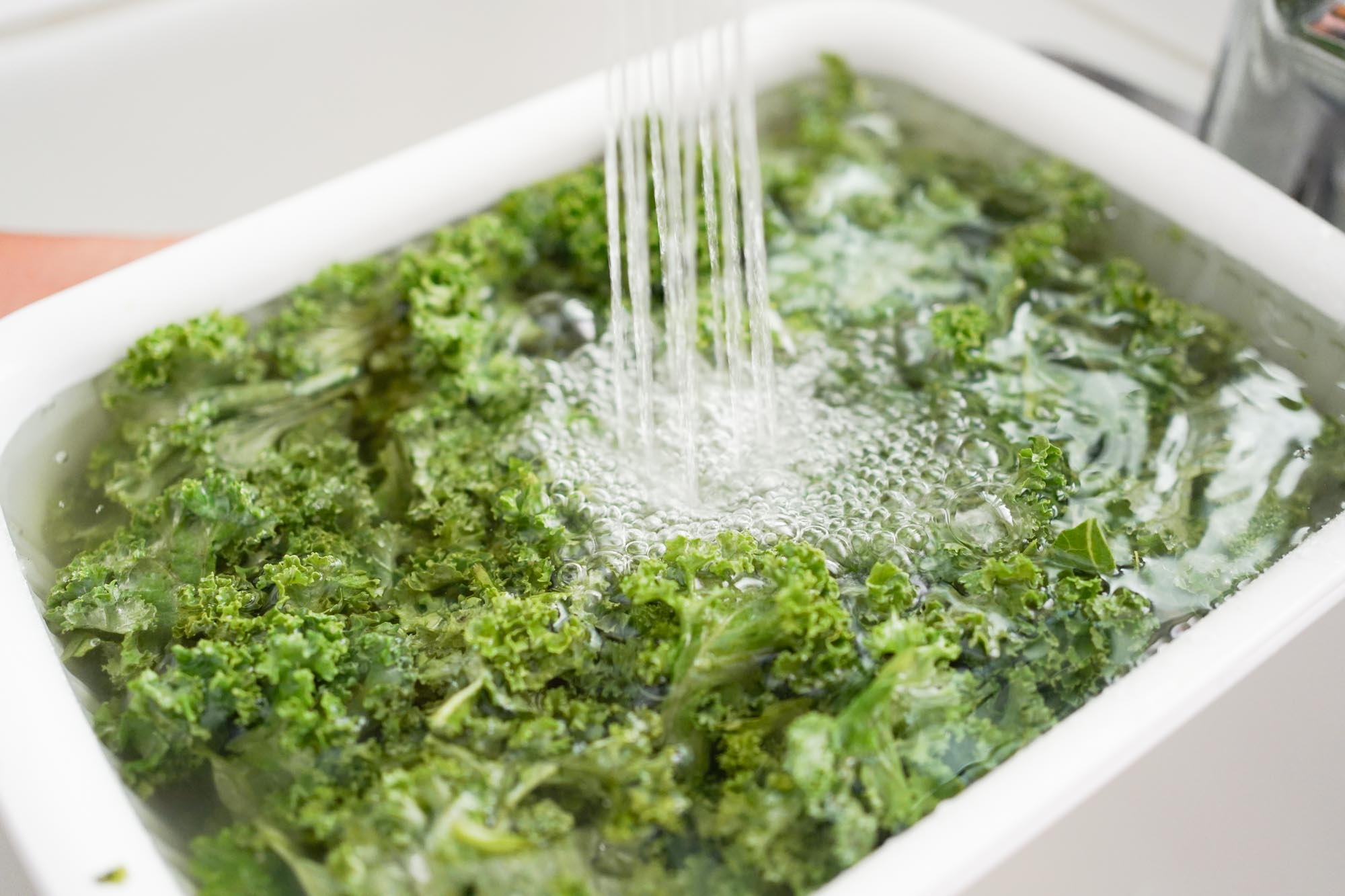
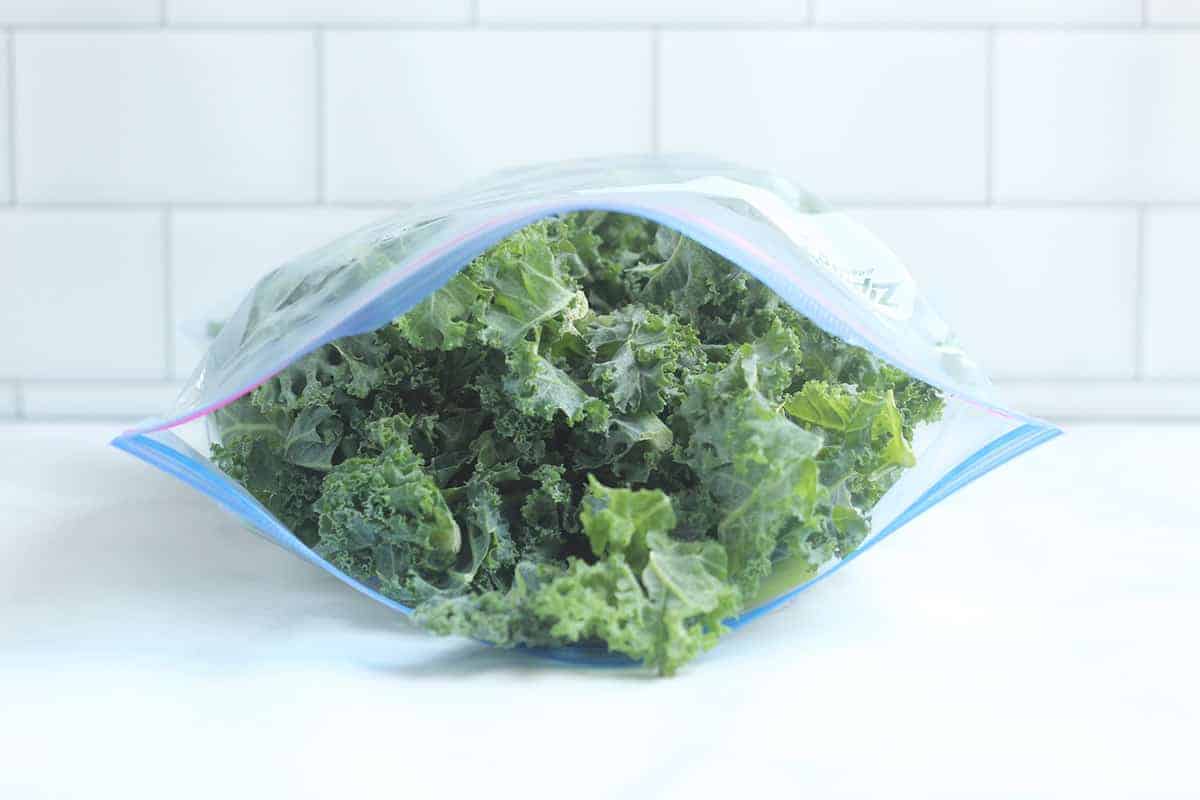
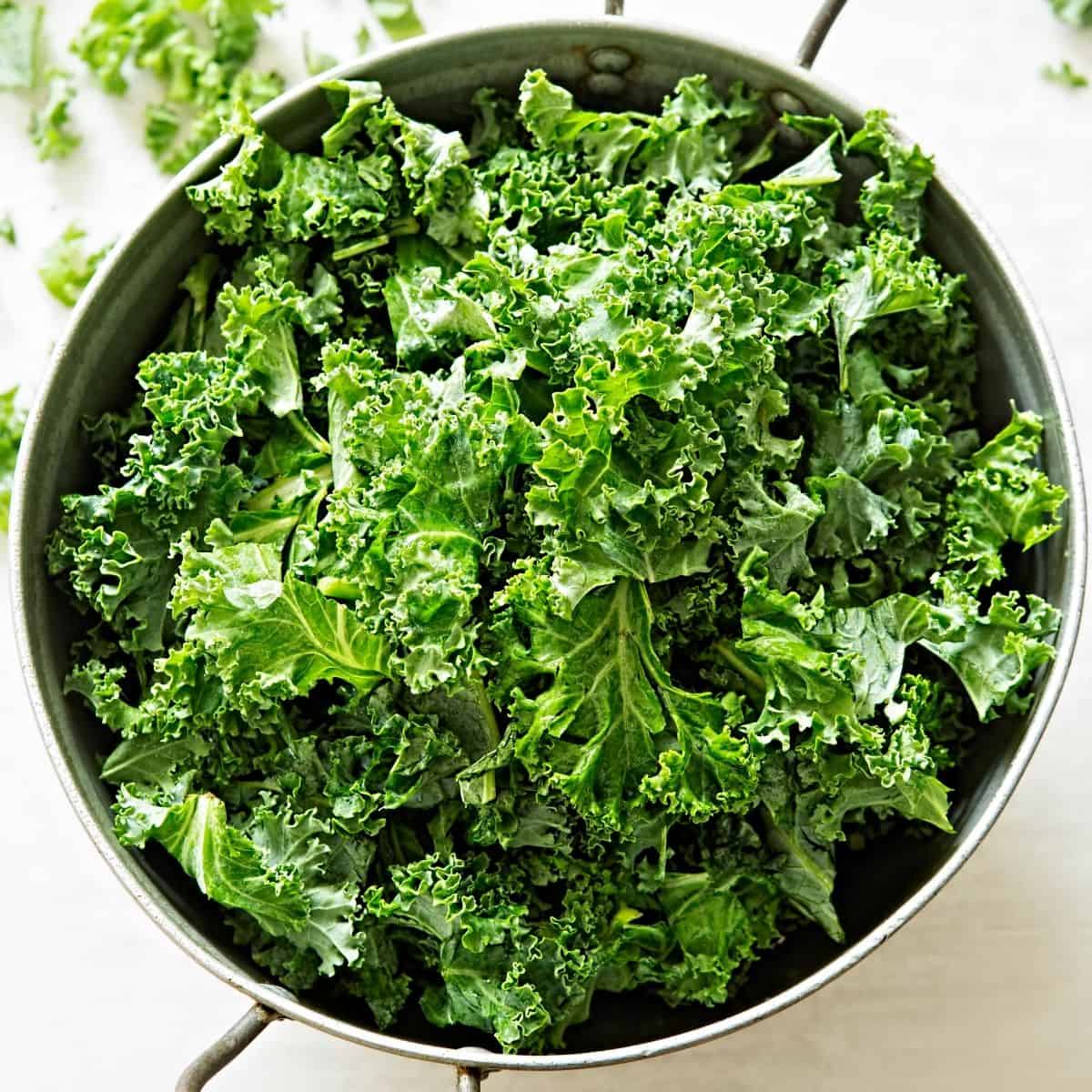
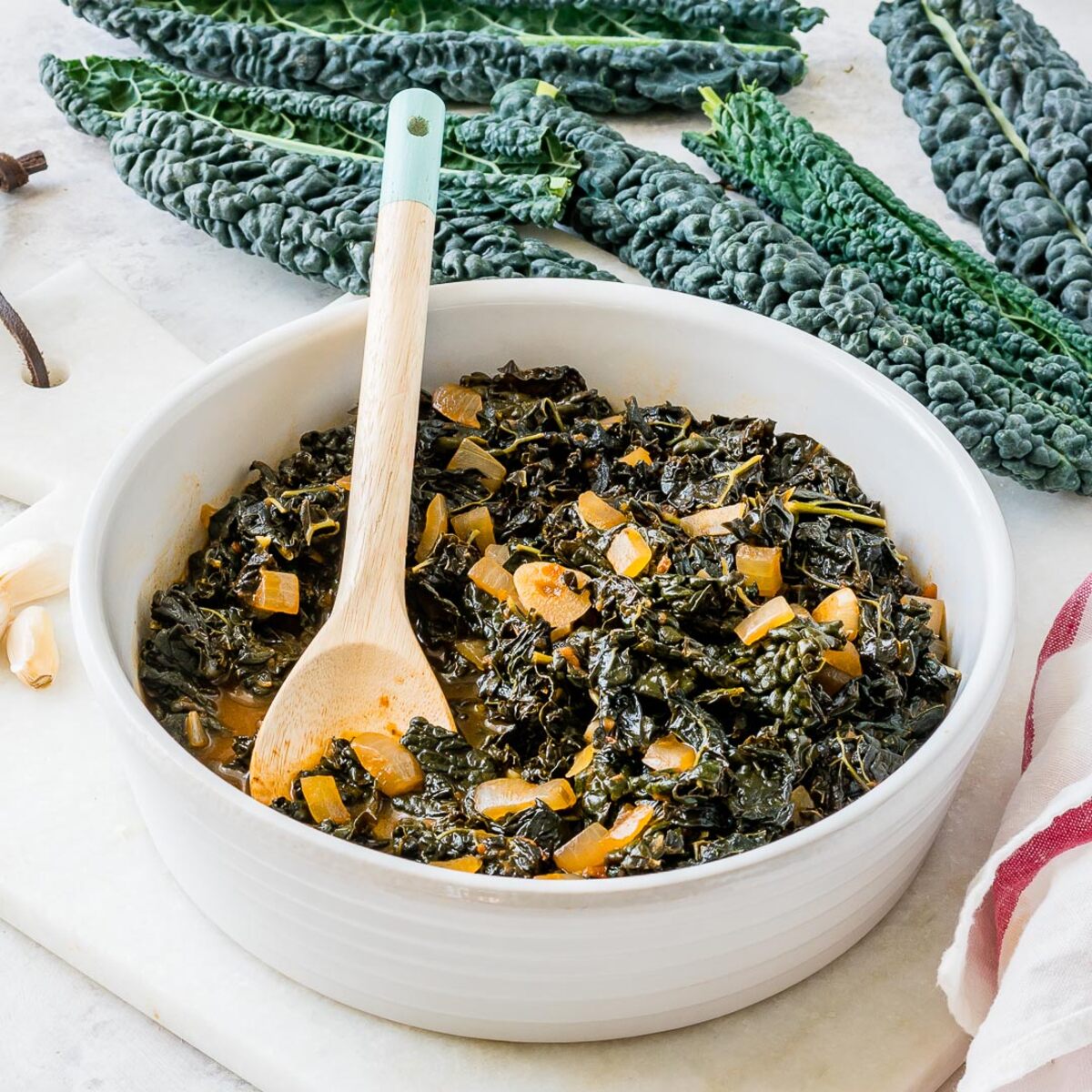
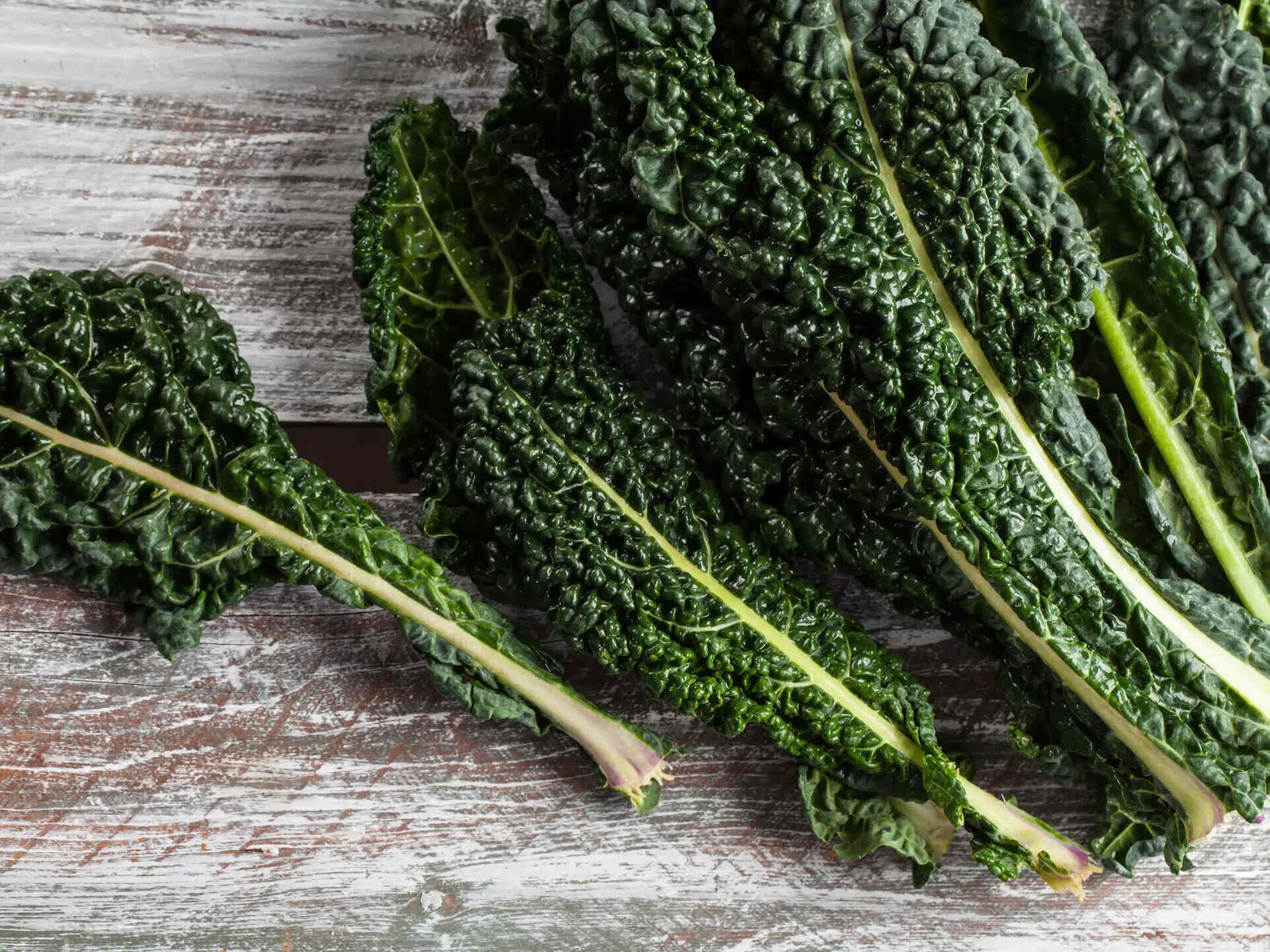
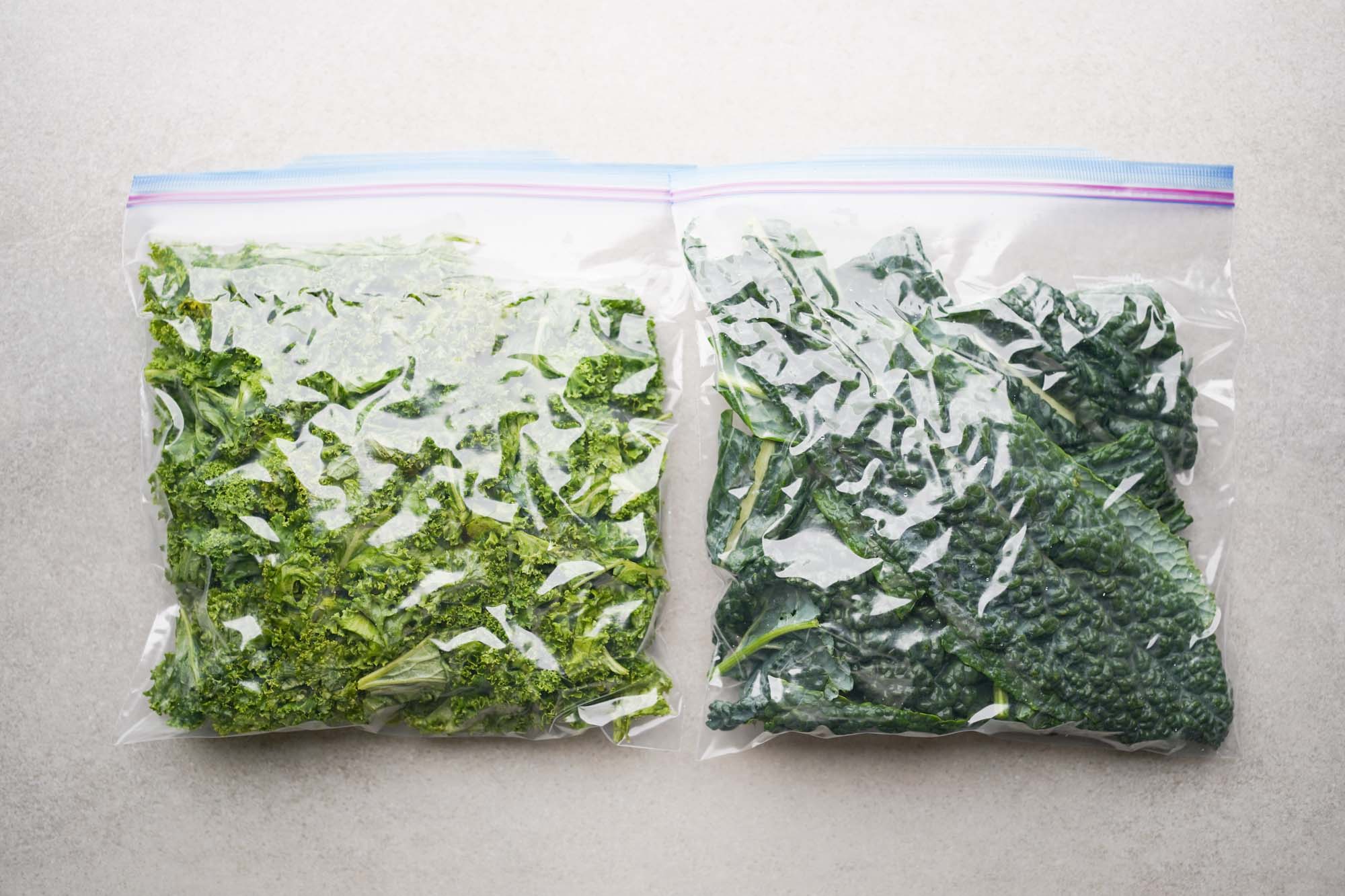
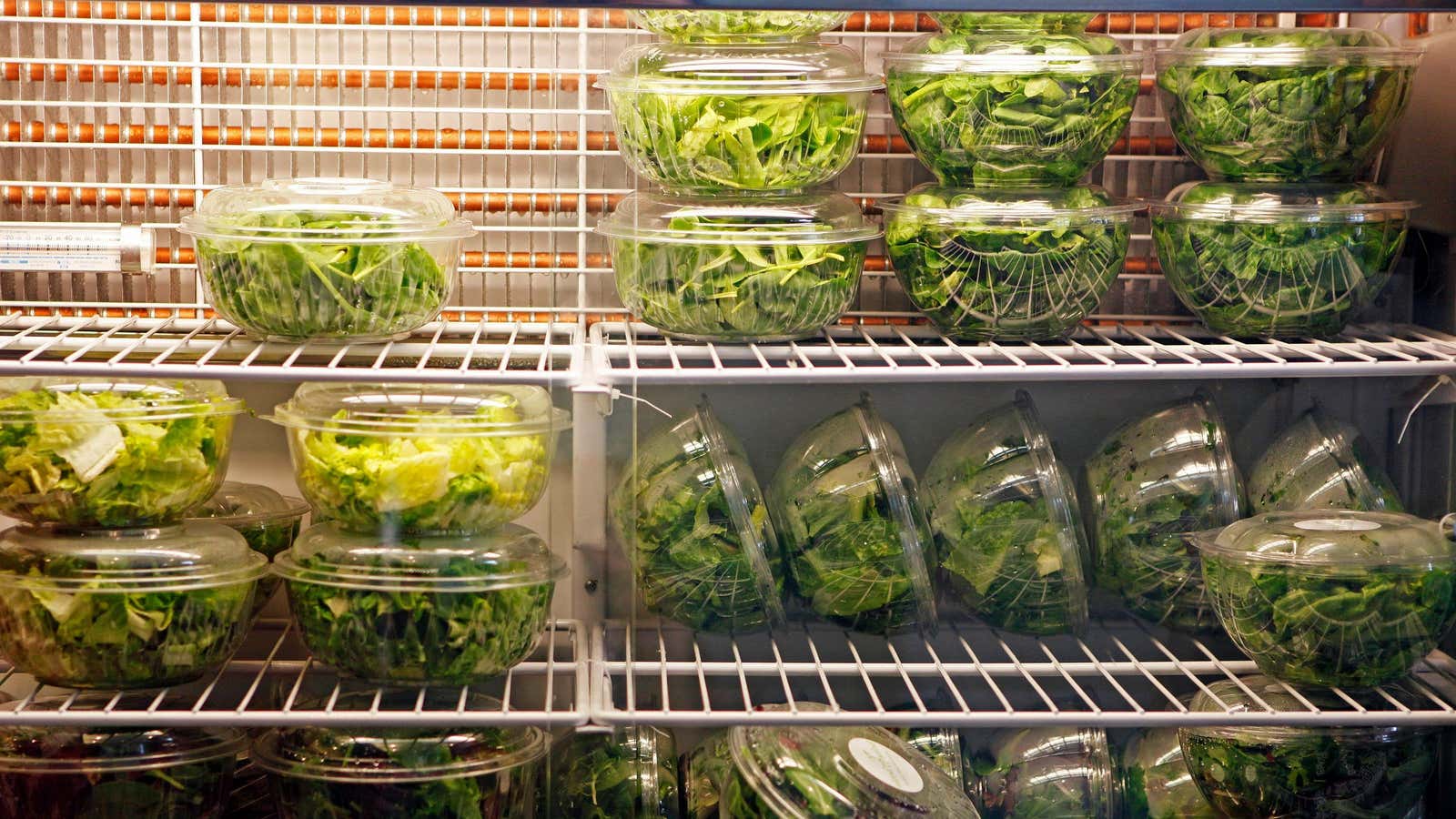
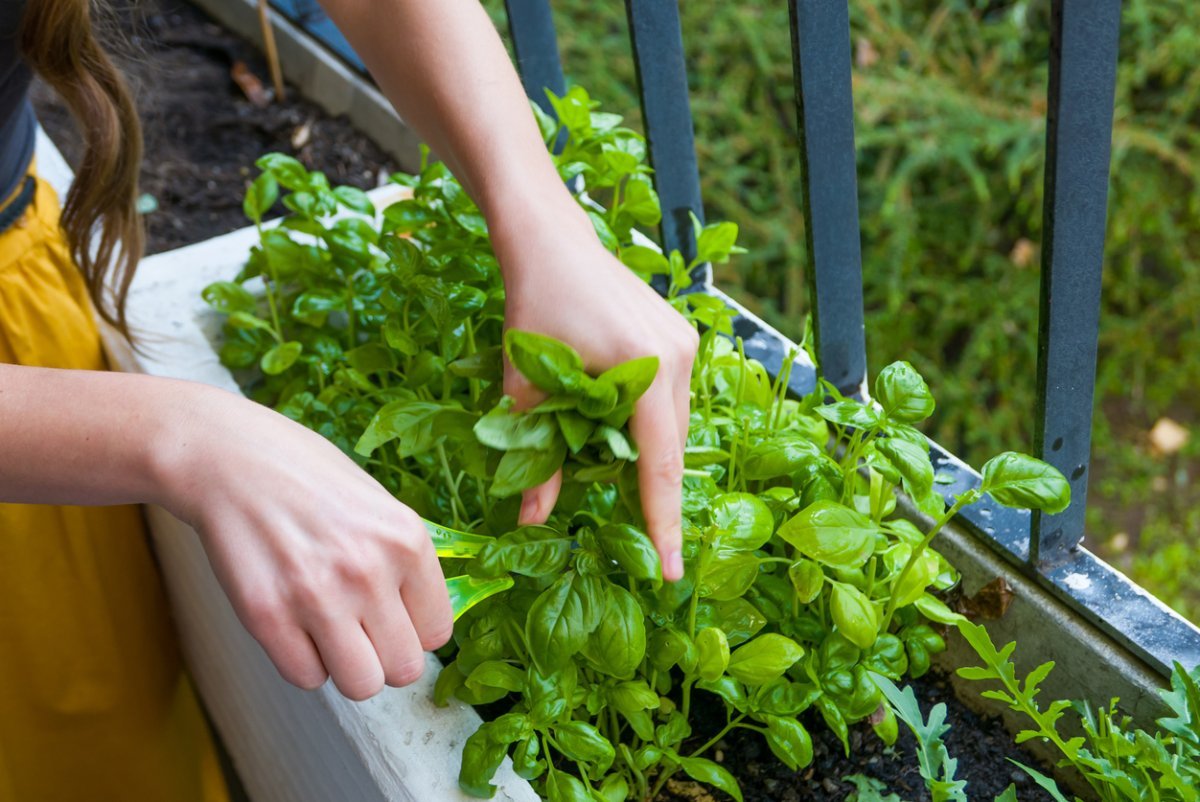
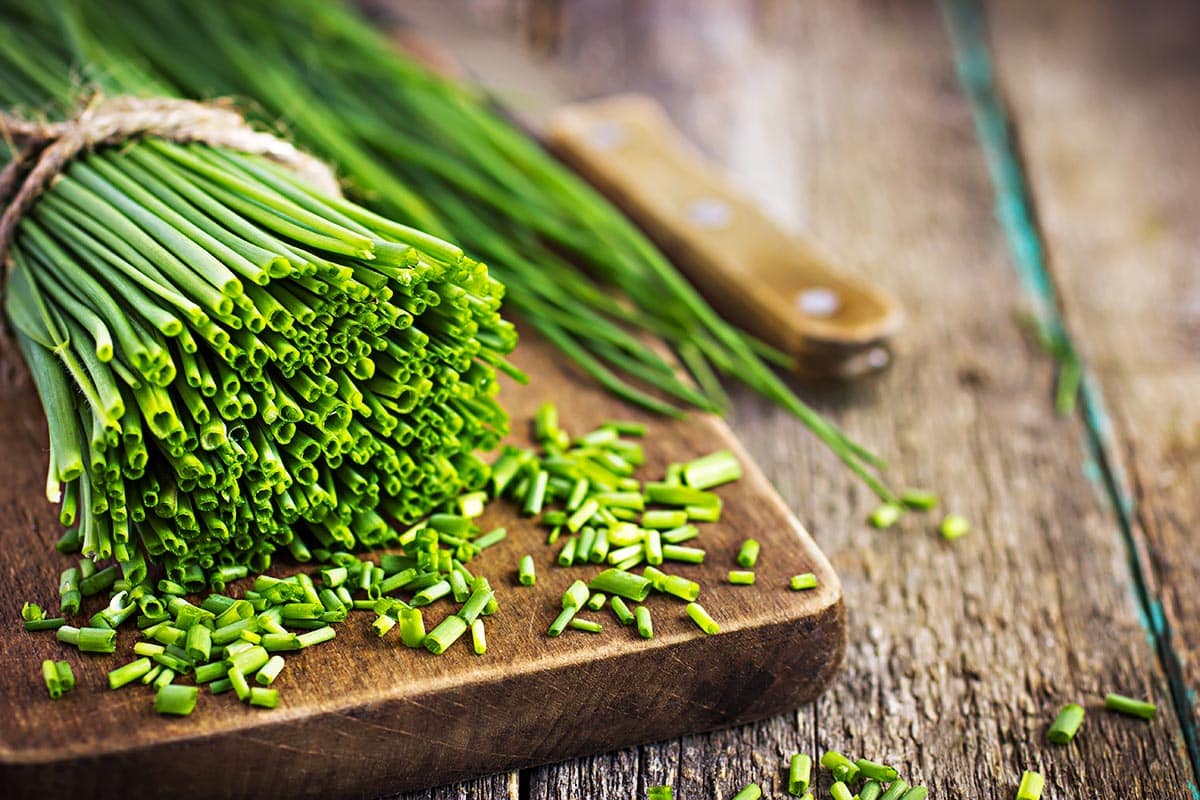
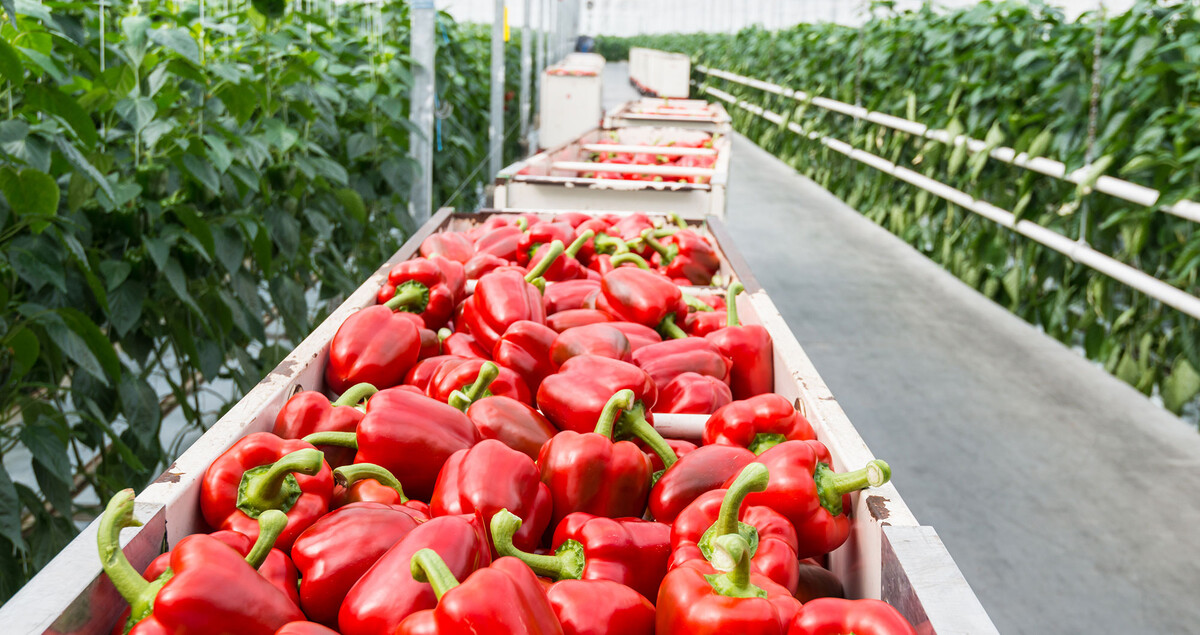
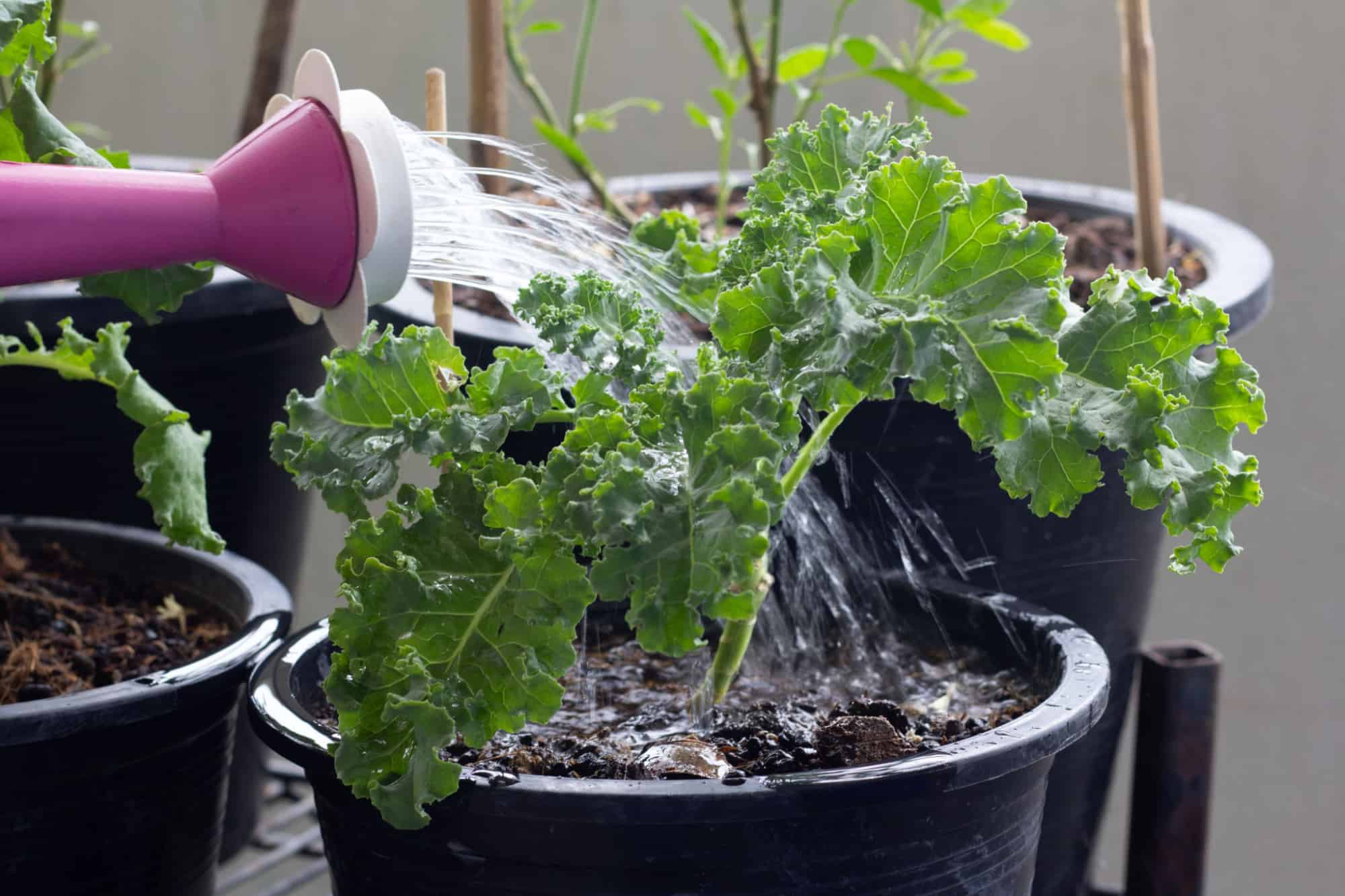
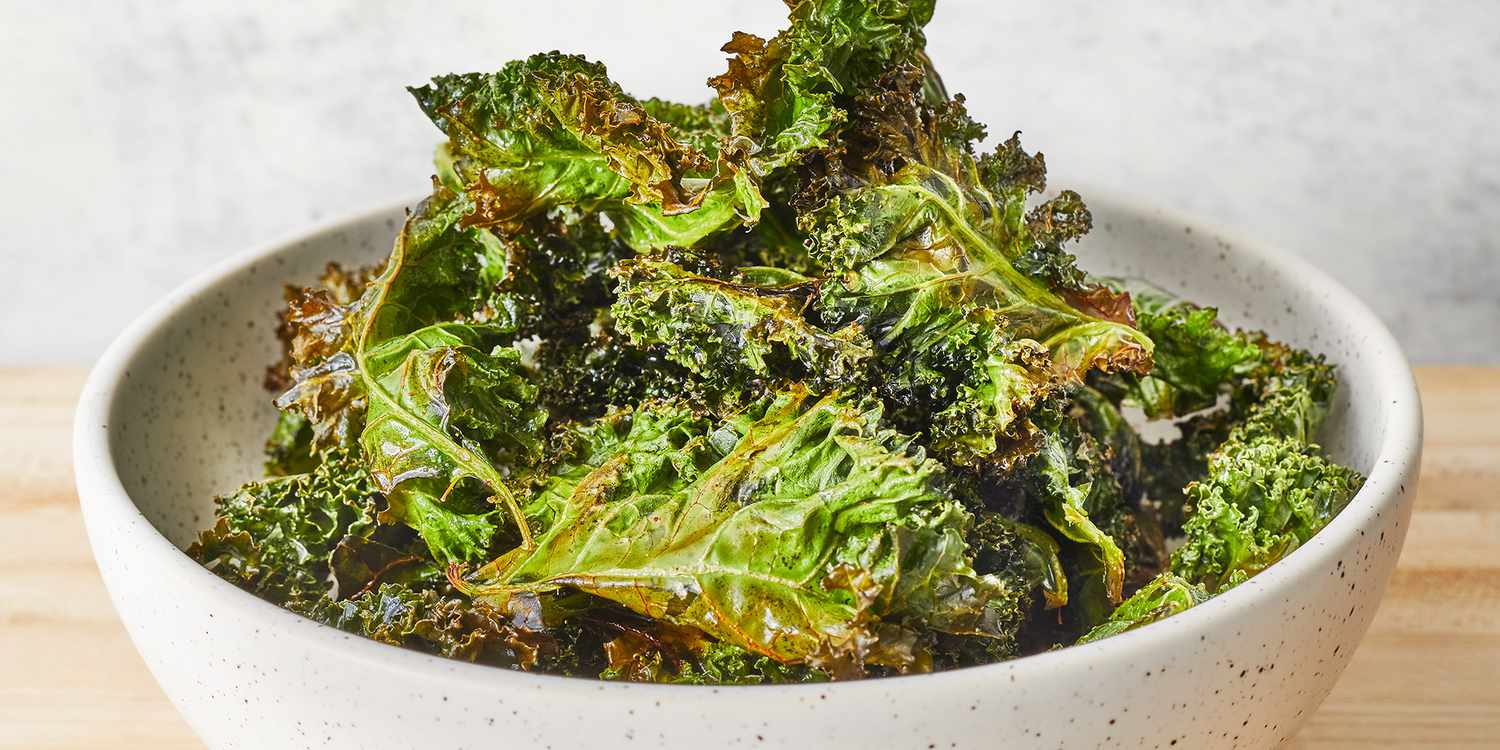
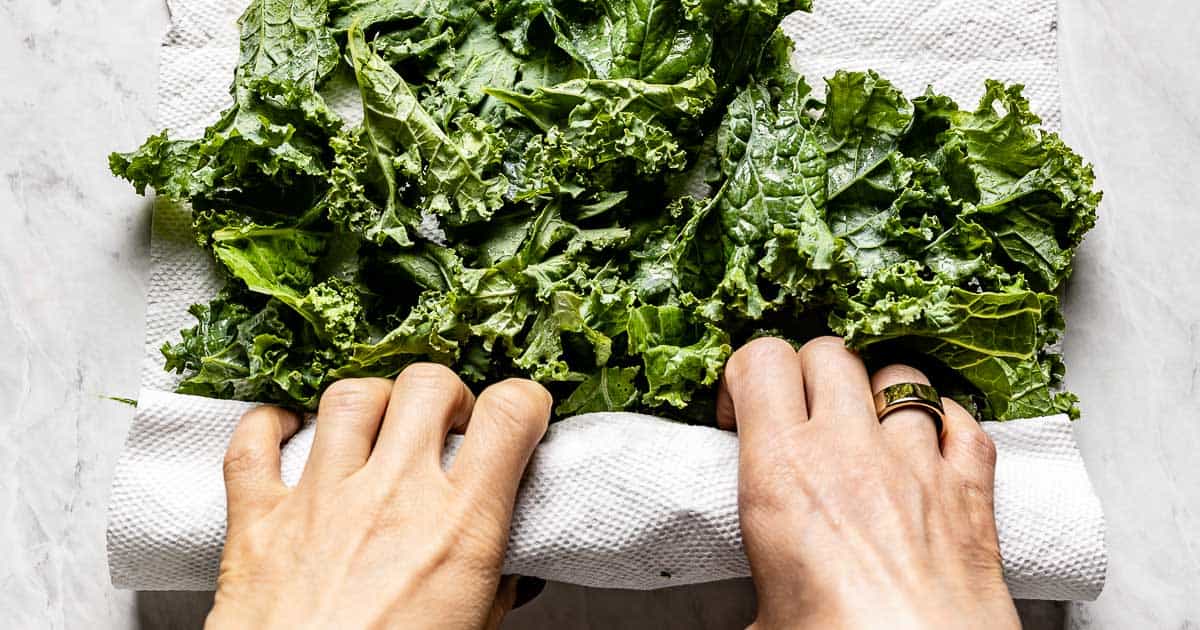
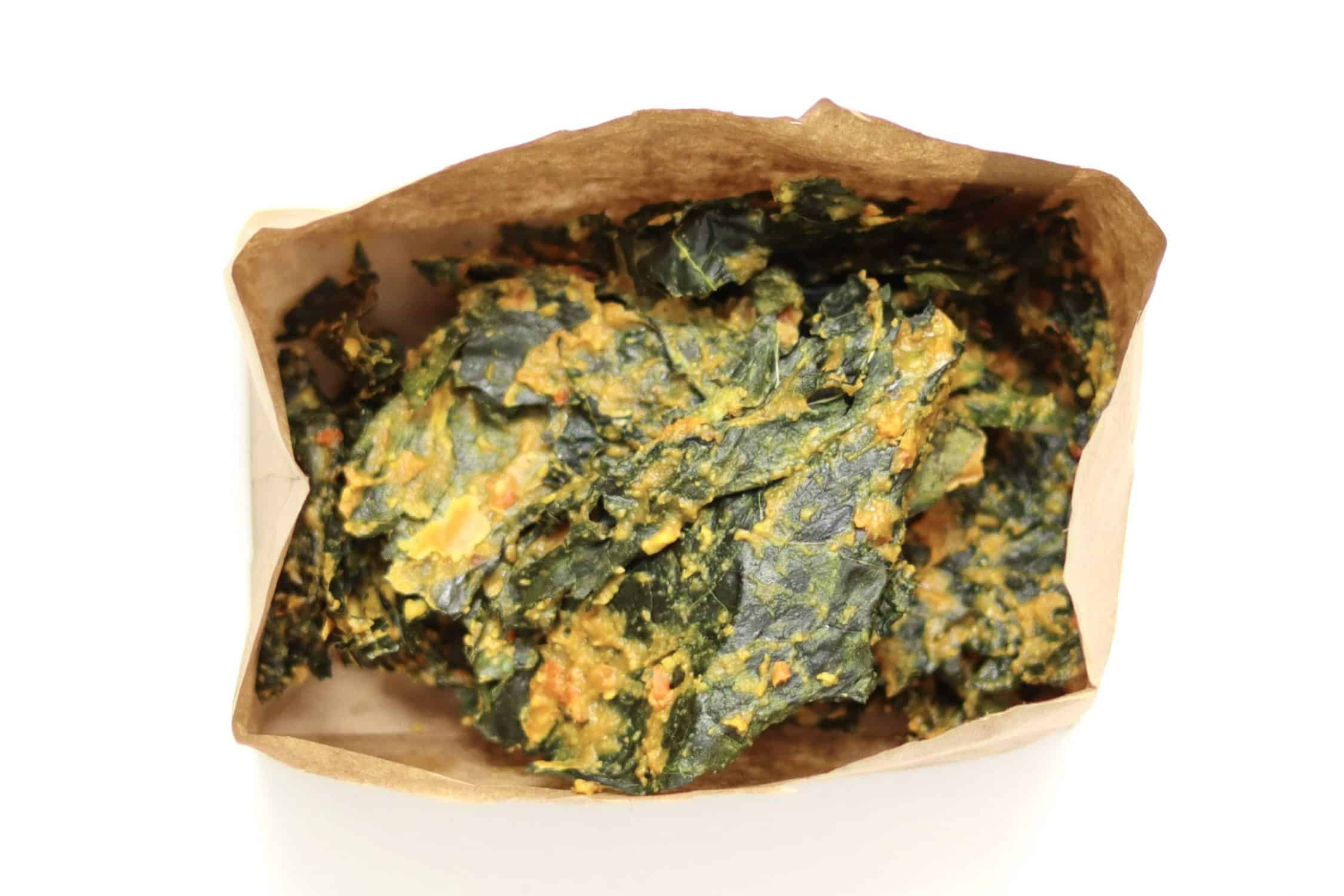

0 thoughts on “How To Store Kale From Garden”